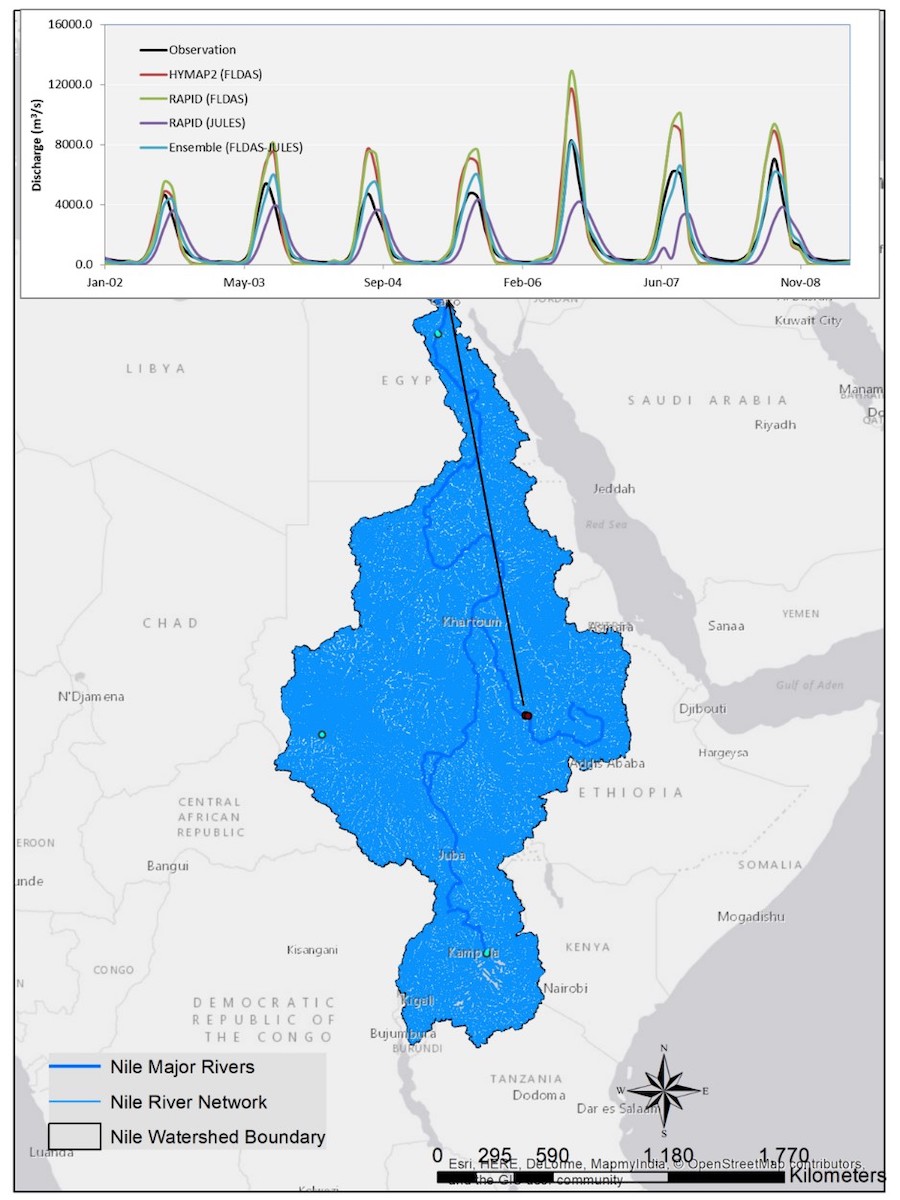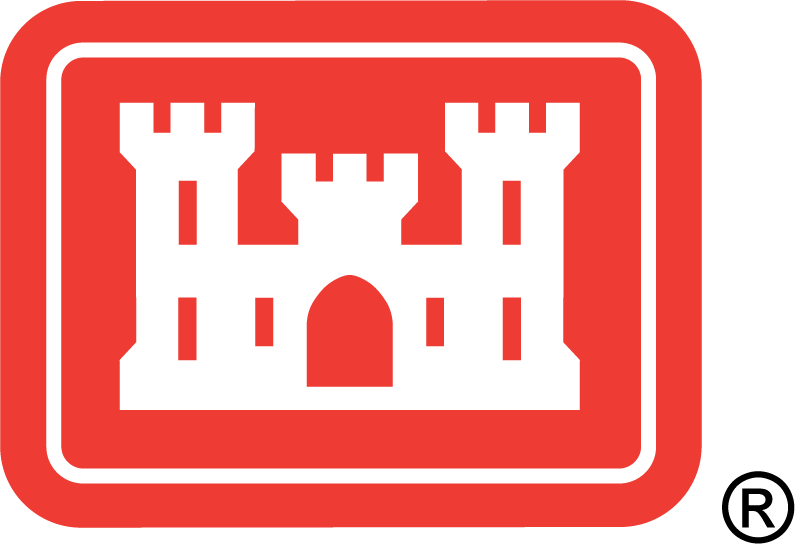Providing Scientifically Robust Tools for Global Water Security

The Story
Understanding the state of global water and implications for U.S. national security requires strategic coordination of the best available science and technical capabilities across the U.S. Government. Spurred by the call for greater interagency collaboration to help address global water security challenges, the Interagency Water Working Group Science and Applications Team (ISAT) was formed by NASA, U.S. Army Corp of Engineers Engineer Research and Development Center (USACE-ERDC), and U.S. Air Force Weather (USAF Weather) in 2017 to promote the development of cross-agency, integrated scientific tools. To demonstrate the potential for ISAT to meet this goal, a case study of the Grand Ethiopian Renaissance Dam (GERD) was undertaken.
The GERD is currently under construction on the Blue Nile River just upstream of the Ethiopia-Sudan border, and once completed will be the largest hydroelectric dam in Africa and the seventh largest in the world. The GERD is anticipated to significantly modify natural river flow regimes and impact many other parts of the surrounding environment. This could have important implications for countries depending on Nile River resources. NASA, USACE-ERDC, and USAF Weather are collaborating to integrate their data and models and to develop customized datasets and hydrologic modeling systems tailored for GERD analysis that may be used to inform policy decisions in the future.
Several numerical modeling and satellite-based datasets and tools being developed or improved by USACE-ERDC and NASA were used for the GERD study. Knowledge gaps identified included the effect of seasonal inflows into the GERD on reservoir operations, the impact on consumptive water use, and the possibility for development of advanced warning of drought conditions. The science teams collaboratively developed customized predictive hydrologic simulations based on data provided by the NASA-U.S. Agency for International Development Famine Early Warning Systems Network and the ERDC Routing Application for Parallel Computation of Discharge.
During the initial year of the U.S. Government Global Water Strategy, the ISAT completed several milestones for improved water resource management decision-making related to the Blue Nile River development. Completed work includes a calibration of the model-generated streamflow for the Blue Nile, refined hydrographic information of the Nile River basin, a statistical summary of relevant precipitation and runoff analyses, and daily streamflow estimates for all river reaches in the Nile River basin from 1982 to present. Activities still in progress include estimates of filling time based on various scenarios, and release of the GERD Water Monitor, which will be a publicly accessible web interface that can generate statistics of near-real-time hydrologic assessments in and around the GERD.
Through this multi-agency collaboration, a more sound approach of GERD regional water resources monitoring, assessment, and management will be possible. The development of the Blue Nile and GERD simulations have required significant leveraging of a multitude of datasets and hydrologic modeling approaches, which have helped identify further knowledge gaps and highlighted the need for additional value-added tools and data in the Global Water Strategy high-priority countries of Ethiopia, South Sudan, Kenya, and Uganda.
Find More
Strategic Objective(S)
 Water Resources Management
Water Resources Management





Highlight